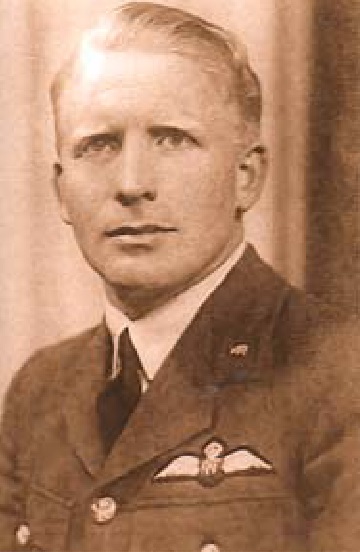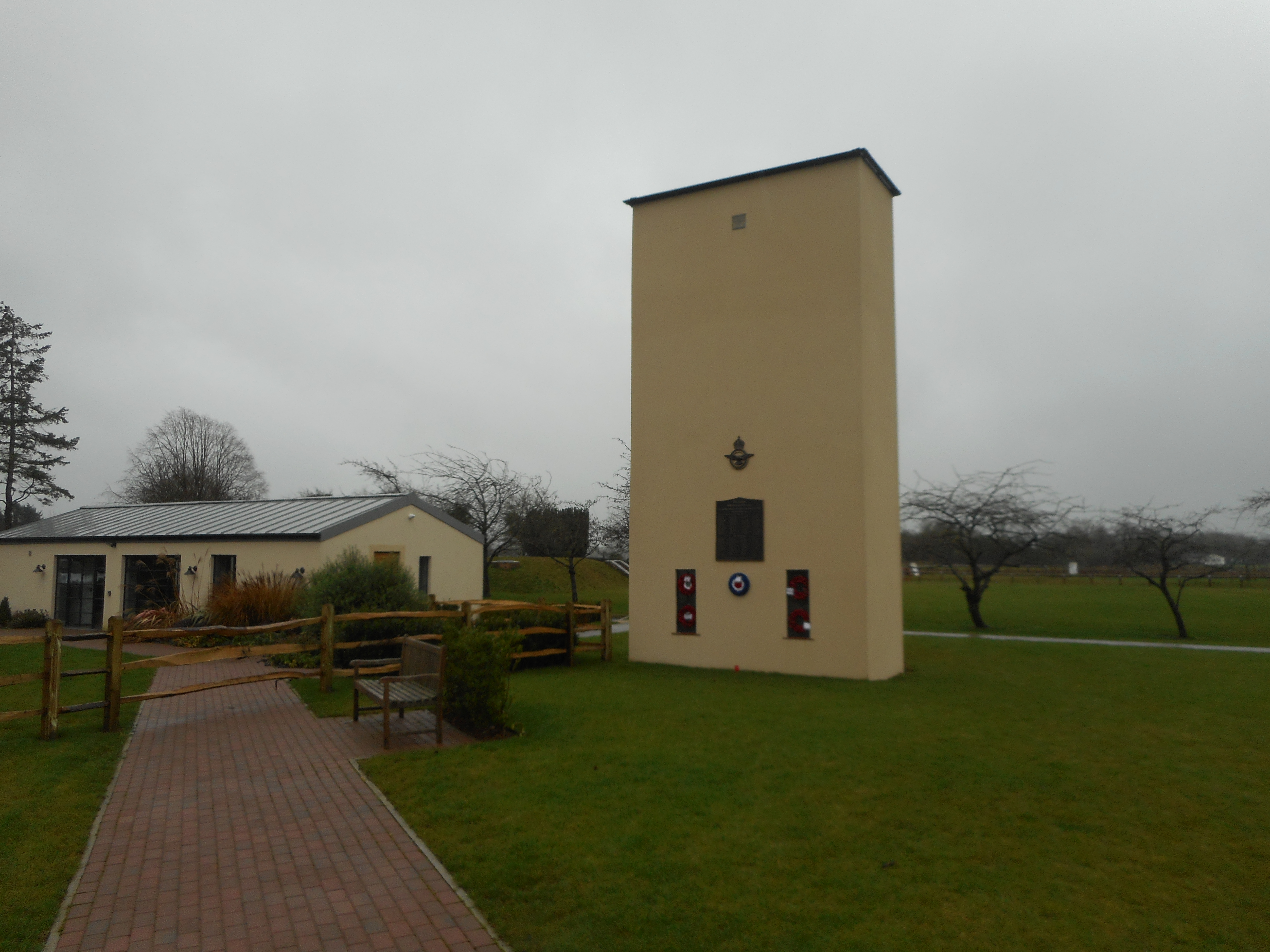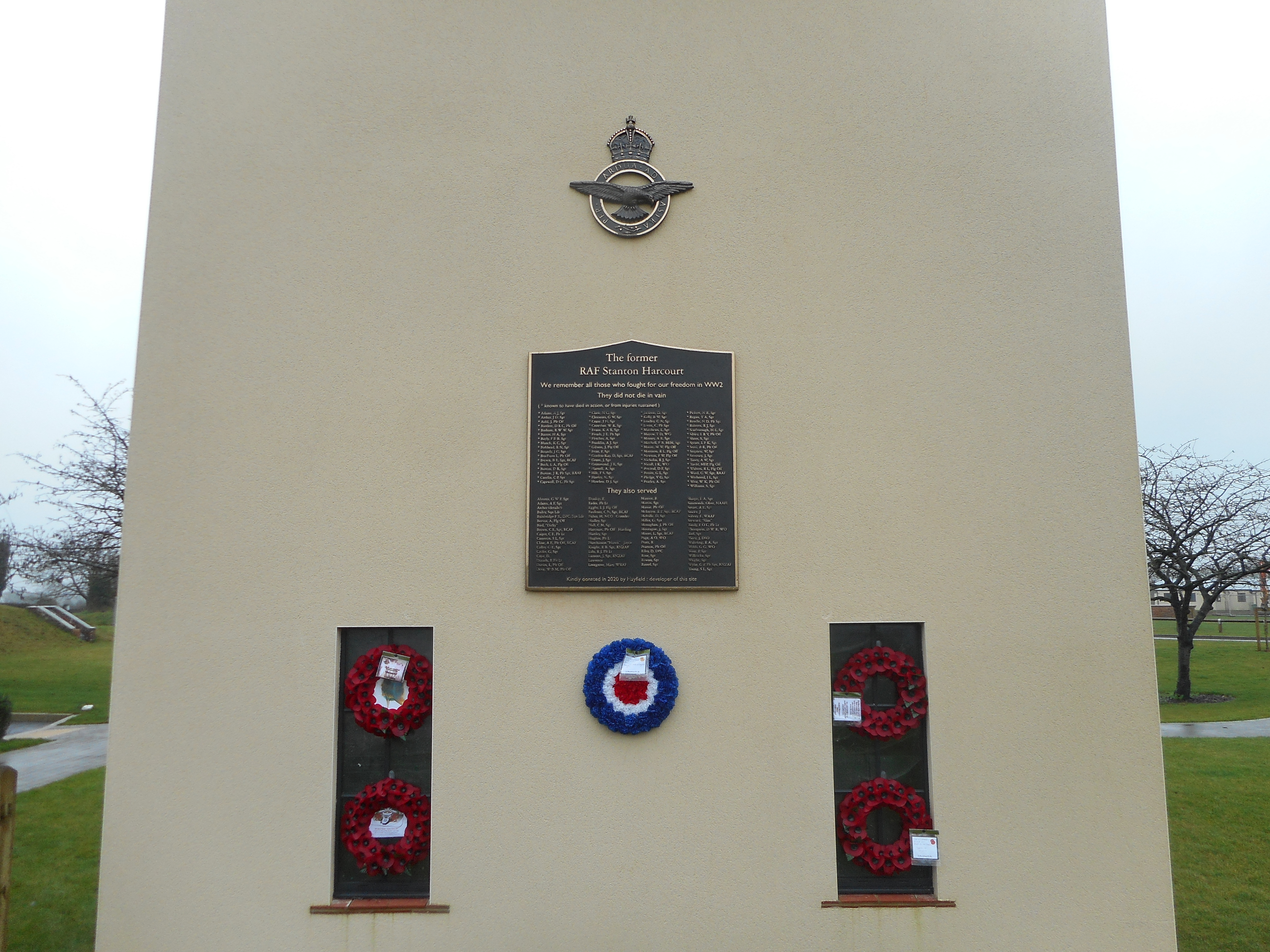| Neil was born in Edith Weston on 7 December 1909, the second of six sons of May nee Hardy and John Payne McCarthy, who had married in Wisbech in 1906. He also had a sister. On the 1911 census he was living with his parents in the School House, Christchurch, Wisbech, where his father was Headmaster. The family moved to Whittlesey about 1914. (Neil’s father later became a Justice of the Peace). Neil attended Broad Street Boys’ Council School, Whittlesey before joining The King’s School on
21 September 1920 as a day scholar. (The family was living at 1 Broad Street, Whittlesey). He was a very popular all-round athlete. He was on the cricket team 1926 and 1927, and the rugby team 1925-26, 1926-27 and 1927-28. In 1927-28 he was Captain of St. Chad’s House. He was a prefect and was a Corporal in the Cadet Corps. In 1928 he received Third-Class Honours in the Local Examinations, with a Distinction in History. After leaving King’s in 1928 he went to Canada aboard the Aurania on 16 June 1928, working as a clerk for the Hudson Bay Company (fur traders). He returned to England on the Aurania on 2January 1929. From October 1930 he studied at Saltley College, Birmingham, where he was Captain of Athletics 1931-32 and set a long-jump record of 20 feet 10 ½ inches. (According to the Peterborough Standard dated 11 July 1941, he taught at Hereward School, March. As he was mentioned in The Deaconian, it seems he also taught at Deacon’s School). In 1933 he became Headmaster of Greetham School near Oakham. In 1934-35 he won his County (Cambs) colours for athletics, excelling at javelin, long jump and flat racing. He remained in close contact with The King’s School, invariably returning as a visitor for sports days, and playing for the Old Boys’ cricket team. After his father died in 1936, his mother went to live with him at Greetham. Neil resigned his post as Headmaster of Greetham School in August 1940 to join the Royal Air Force Volunteer Reserve as a Leading Aircraftman. After training in Canada he was commissioned as a Pilot Officer from 16 March 1941, which was published in the London Gazette on 16 May 1941. His service number was 64291. He trained with No. 10 Operational Training Unit at RAF Abingdon. On 7 July 1941 he was in command of Whitley Mark V aircraft serial number Z6476 when it took off from RAF Abingdon for a night navigation exercise. At approximately 01:15 hours, having strayed from its course, the aircraft descended to 2,000 feet in order to locate its position. It hit a barrage balloon cable, caught fire, and crashed to the ground at Warple Road, Quinton, Birmingham with the loss of all six crew. Neil died on 7 July 1941, aged 31. He was buried in grave 20.B.8 at Brookwood Military Cemetery, Surrey on 10 July 1941. One crewmate, Gerald Farbrother, was buried in the adjoining grave. Another, George Buckingham RCAF, was buried in the Canadian section of the cemetery. The other three crewmen were buried in their home towns: Donald Lowson D.F.C. in Harrow (St. Mary); Simon Drummond in Saltwell Cemetery, Gateshead; James Graney in Sacriston (St. Bede’s) Roman Catholic Cemetery in Durham. Neil’s death was reported on 11 July 1941 in the Peterborough Advertiser, which stated he was popular
among contemporaries at King’s, “where his all-round athletic prowess aroused their highest admiration... He was an exemplary schoolmaster of the Rutland School and was beloved by his scholars and a large circle of friends”. The 1941 Petriburgian described him as a “fine cricketer and sturdy rugger player” who would “be remembered with affection by many Old Boys”. |


